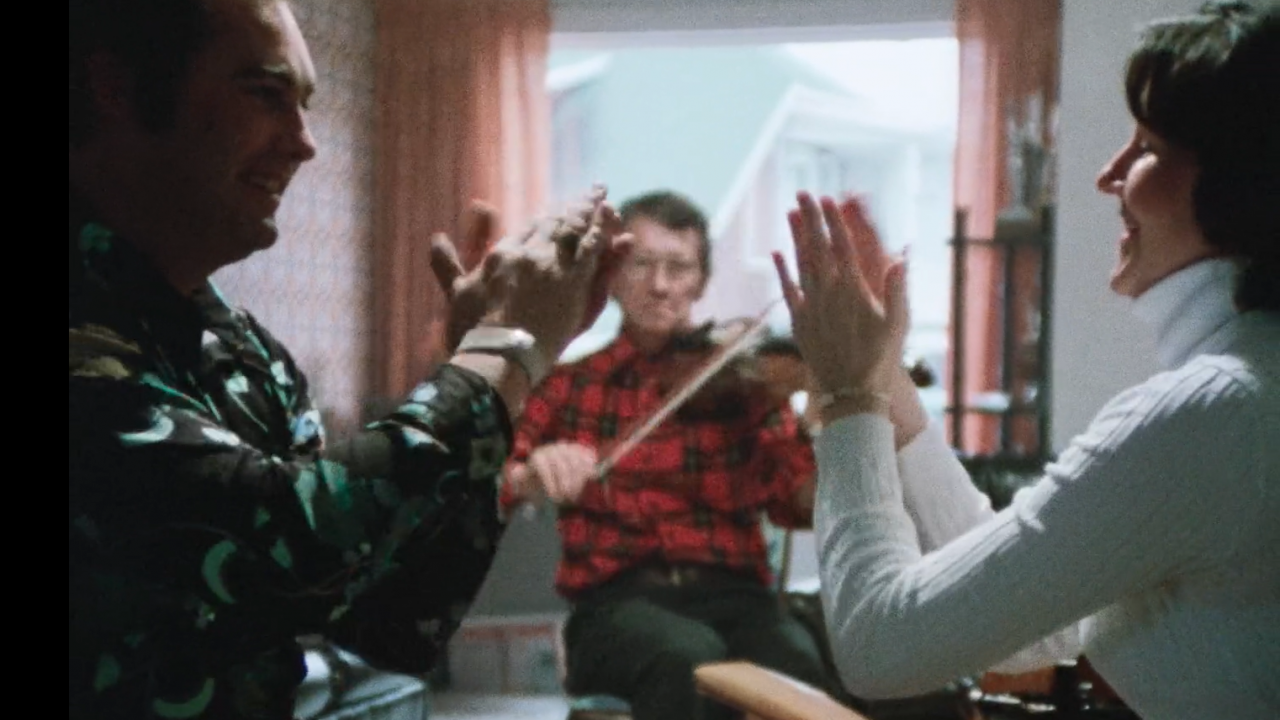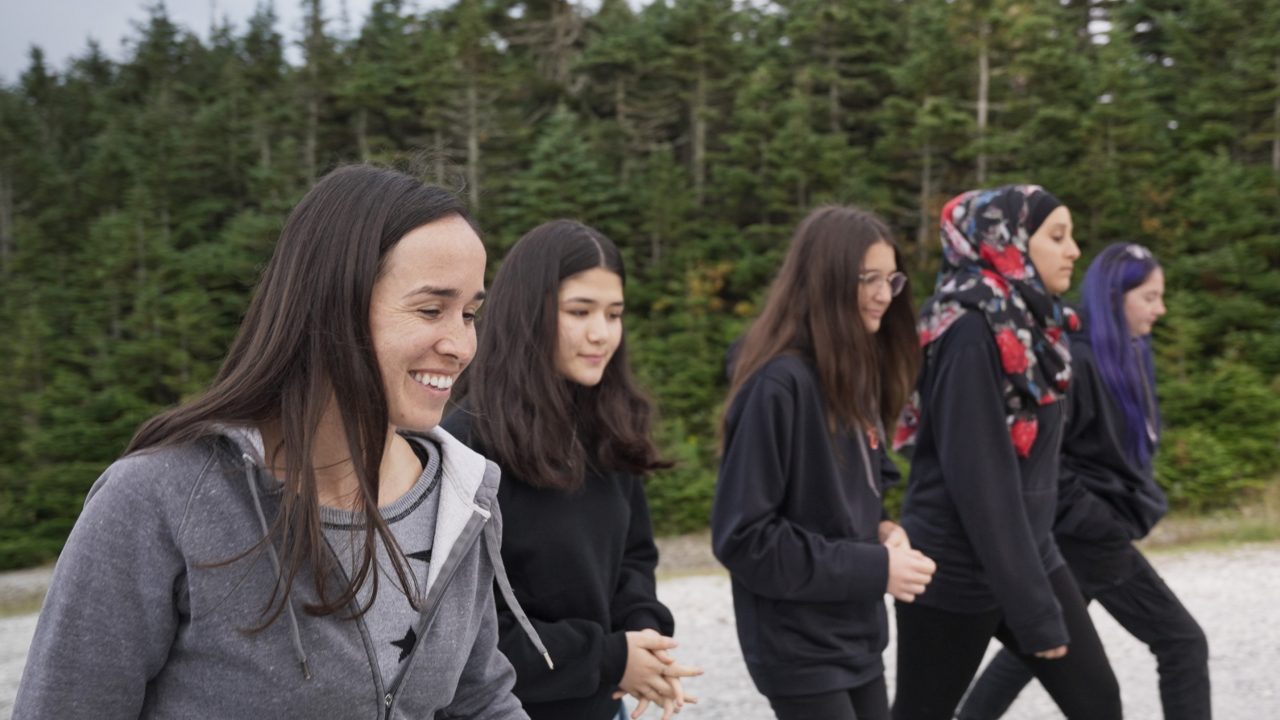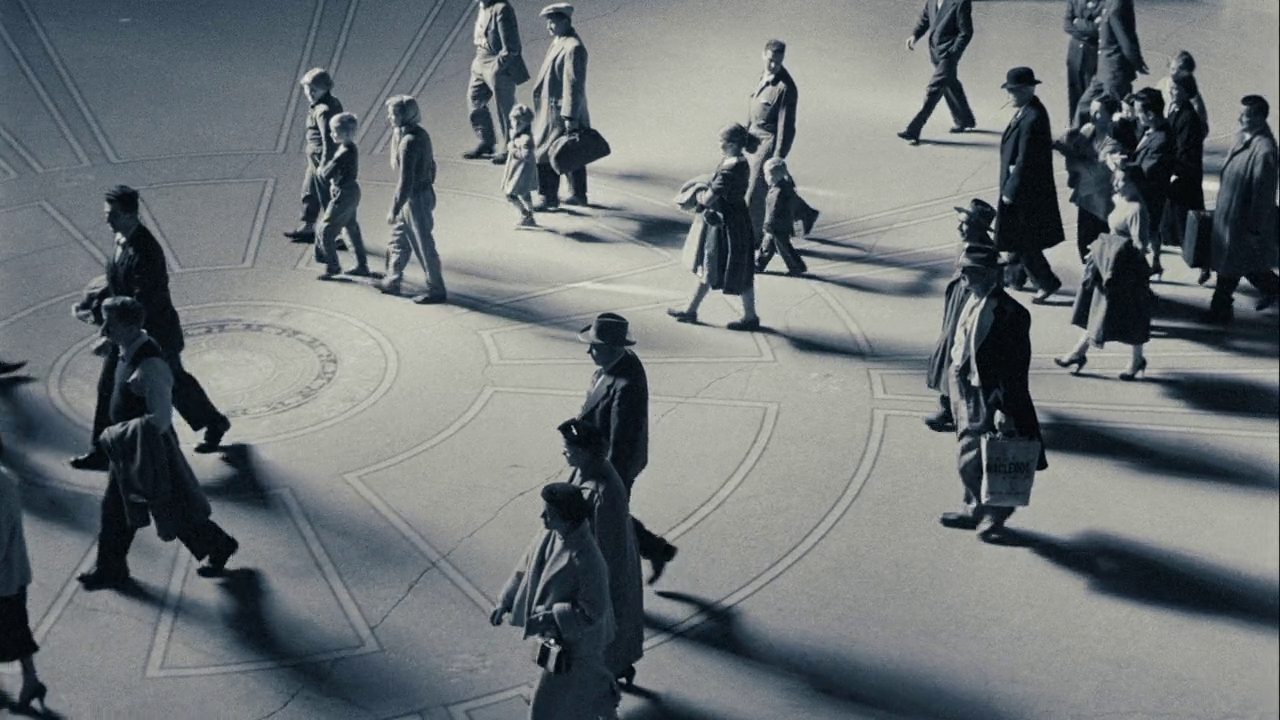
Higher Learning | Work Different
Higher Learning | Work Different
Introduction
Work Different is a documentary that examines the evolution of remote work (a.k.a. telework or telecommuting) during the COVID-19 pandemic and its impact on the workplace. Remote work has been a feasible option for about 30 years, but businesses have only embraced it since the pandemic. This raises questions about why telecommuting had previously been a relatively unpopular mode of work and about its consequences on organizational structures and professional interactions. As a university-level professor in management, I find Work Different particularly relevant to courses in management, work psychology and sociology.
Work Different, Julien Capraro, provided by the National Film Board of Canada
Academic and Interdisciplinary Relevance
To spark an enriching dialogue with students, I suggest focusing the discussion on four main themes.
- Motivation and remote culture
Often equated with DNA, an organization’s culture is reinforced during informal moments such as discussions among colleagues and chats around the water cooler. In a remote-work setting, such spontaneous interactions tend not to happen, putting organizational culture in jeopardy. Many companies have developed strategies to sustain the motivation of remote staff, such as regular online meetings, online-status monitoring systems and team-building initiatives specifically designed for remote workers.
- Redefining the relationship between work and home life
In a traditional work setting, employees often use the commute time to mentally transition between their different roles; they might switch from “parent” to “employee” in the morning and, conversely, try to unwind and leave the stress of work at the office in the evening. This clear separation between roles is made possible by spatial, temporal and social boundaries (i.e., different locations for home and work, a fixed work schedule and different social groups at home and work).
As Work Different illustrates, remote work blurs these boundaries. The worlds of work and home overlap, since they occur in the same space, often at the same time, and sometimes involve the same people. While many people find telecommuting beneficial, others experience work/life conflicts, such as having to look after children during working hours or finishing a project rather than spending time with family. Organizations have had to approach such changes with sensitivity to preserve a positive and productive work dynamic. This often involves offering employees the means of rebuilding boundaries between work and home life to help create separation and balance between these two worlds.
- Productivity and remuneration
The origins of the traditional model of work stem from the Industrial Revolution, a time when most work took place in factories. Physical proximity enabled managers to instruct workers on how to perform their tasks and ensure those instructions were followed. Before the pandemic, remote work was often unpopular among managers, who feared that employee productivity would drop.
However, the pandemic forced a change in perspective and revealed that companies could maintain productivity even when adopting remote work. Research into telecommuting has shown that a results-based approach is more appropriate than a monitoring-based approach in this setting.
As a result, the manager’s role has changed: rather than overseeing “how” work is done, they must now clearly define objectives, let staff choose how they want to work, and then evaluate results and performance.
- Forgotten sectors and overlooked issues
It should be noted that these themes concern remote work specifically, and not the broader world of work, which involves ever-increasing complexities. For instance, the film also points out that job insecurity, social inequity, deteriorating conditions in physical workplaces and poor remuneration are also key questions when analyzing today’s economy and its impact on the world of work. Moreover, these issues are especially applicable to sectors in which remote work is not possible, such as large delivery warehouses, industrial slaughterhouses and factories.
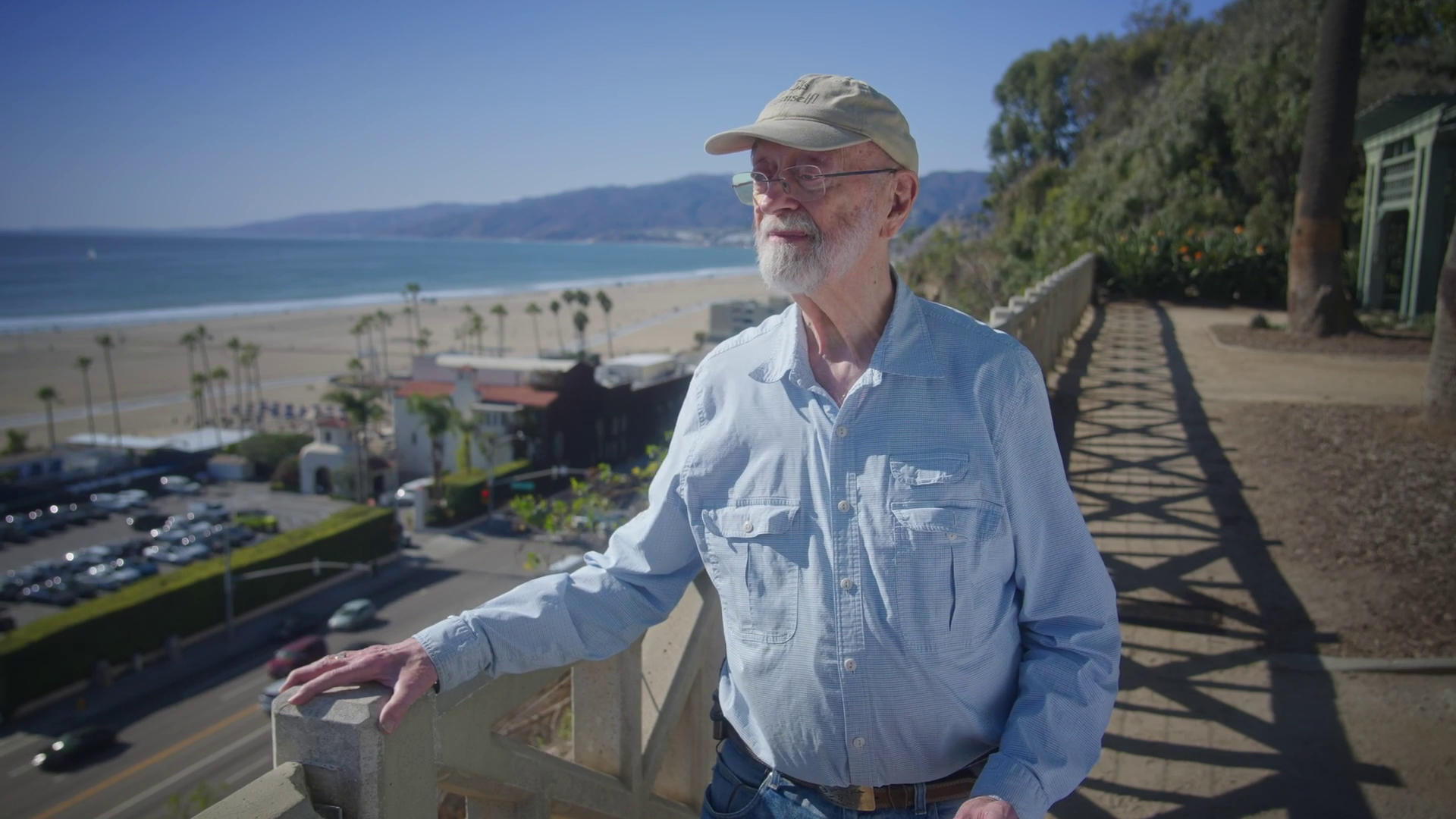
Contextual Analysis
Origins and evolution of remote work
The history of remote work is closely connected to technological advancements over the past 30 years. The widespread adoption of personal computers, the spread of highspeed Internet and the development of smartphones have expanded remote-work options and made them feasible for more professions and industries.
At the same time, there has been growing awareness of the social and environmental benefits of remote work. A reduced need for daily commuting helps mitigate both urban pollution and traffic congestion. Remote work also mitigates employee stress loads by creating a better work/life balance.
Remote work during the COVID-19 pandemic
The COVID-19 pandemic forced companies to make a sudden transition to remote work, leading to unique challenges such as social isolation and reduced motivation. As the pandemic came to an end, the return to the workplace became a critical issue. Some workers have resisted returning to the office, regarding remote work as an important social benefit. In response to this new situation, the Canadian government, for example, adopted policies permitting its staff to work from home for part of the week.
Digital and remote-work rights
The development of digital rights in the context of remote work reflects a major change in the legal recognition of this form of work. For example, France was a pioneer on this issue with its “Right to Disconnect” law in 2017, a trend followed by other European countries. These changes paved the way to discussions on the length of work hours. Experiments such as Iceland’s successful testing of a four-day work week are evidence of a growing trend to rethink not only where, but how long people work.
Documentary Approach and Scope
Work Different integrates the views of workers, corporate managers, and researchers, offering a rich and balanced mosaic of perspectives on remote work. Its innovative and engaging voiceover makes creative use of old film clips, altering the dubbing for comical effect. Work Different can be used to fuel discussion in the classroom about modern workplace dynamics, making it a valuable educational resource.
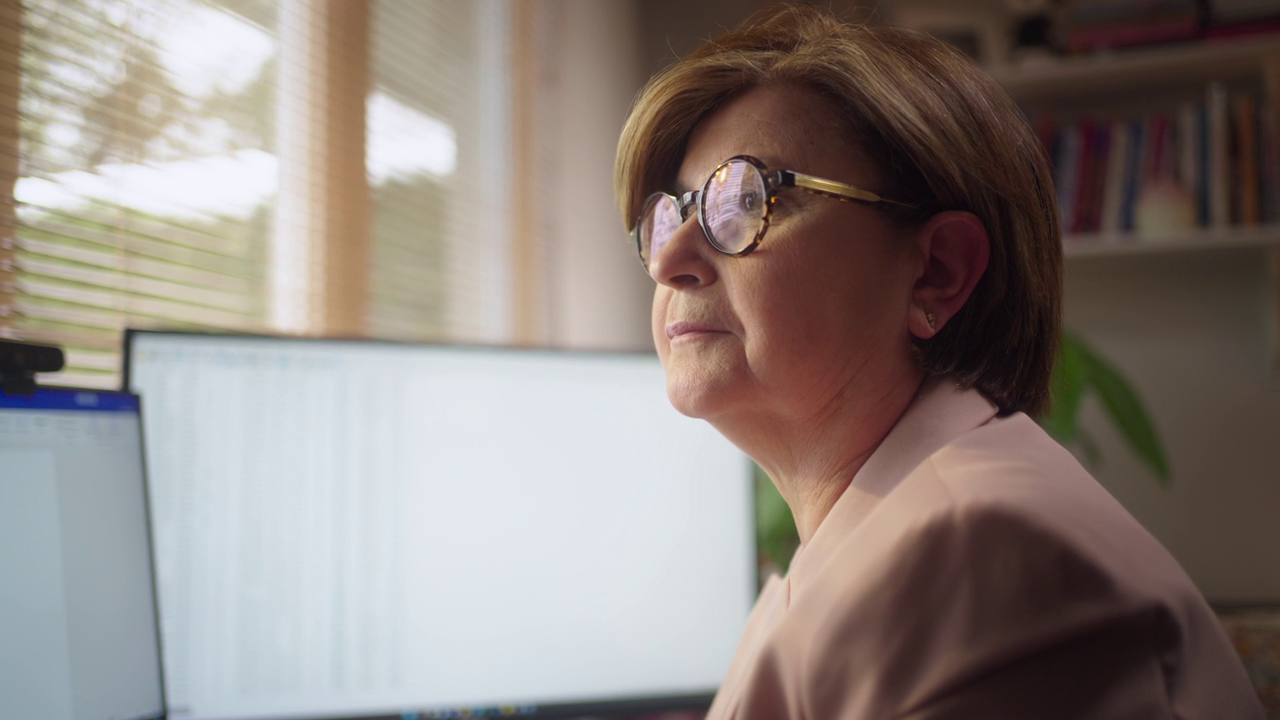
Food for Thought
As you conclude your discussions, I suggest taking a broader and more forward-looking approach, with a focus on three main issues.
The future of work and family life: a new equation
- How might further technological advances affect how we work in the next 20 years?
- How will these changes affect the balance between work and family life?
Intergenerational priorities: a new paradigm
- How do work-related priorities vary between generations?
- What are the consequences of these differences for remote work and workplace dynamics?
- In settings where remote work is impossible, how will your generation view the creation of work environments that, rather than perpetuating systemic inequalities, uphold human rights and allow workers to flourish?
Managers of the future: adapting leadership to the remote-work era
- How can leaders create a sense of unity and cohesion among teams that are geographically scattered?
- What are the unique management challenges of remote work and how can they be overcome?
Conclusion
Work Different provides an in-depth examination of the rise in remote work during the pandemic and highlights its effects on corporate culture, personal life, productivity and inequalities in the world of work. Work Different is a valuable educational resource that can encourage critical thought on changes in the workplace and their influence on work/life balance.
Pour lire cet article en français, cliquez ici.
Jean-Nicolas Reyt is an associate professor at McGill University’s Desautels Faculty of Management, where his research focuses on the future of work and conflict resolution in the workplace. He is a professor of organizational behaviour and negotiation at the bachelor’s, master’s and doctoral levels, as well as in programs for executives. He leads seminars on negotiation for businesses and provides guidance for managers. He won the McGill-Desautels Innovation in Teaching Award in 2022 and was named Professor of the Year by McGill University’s Management Undergraduate Society in 2021.
Discover more Mini-Lessons | Watch educational films on NFB Education | Watch educational playlists on NFB Education | Follow NFB Education on Facebook | Follow NFB Education on Pinterest | Subscribe to the NFB Education Newsletter
